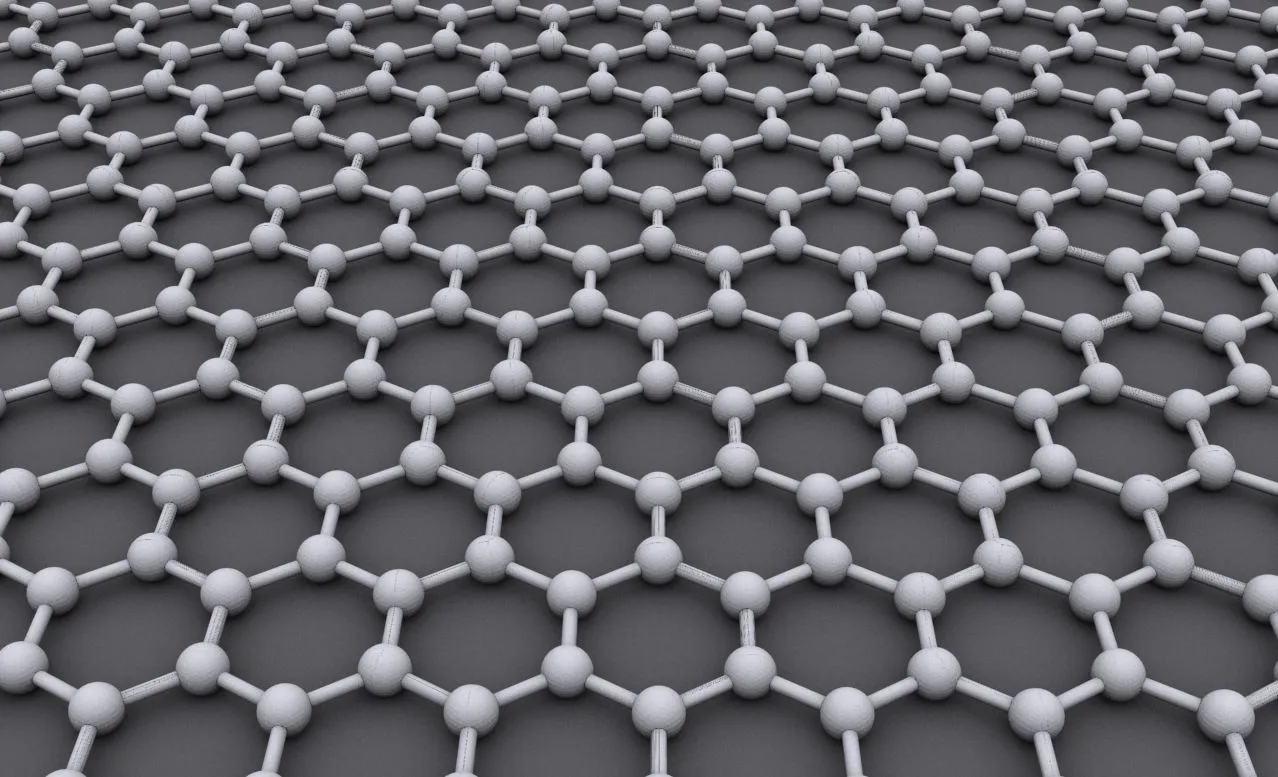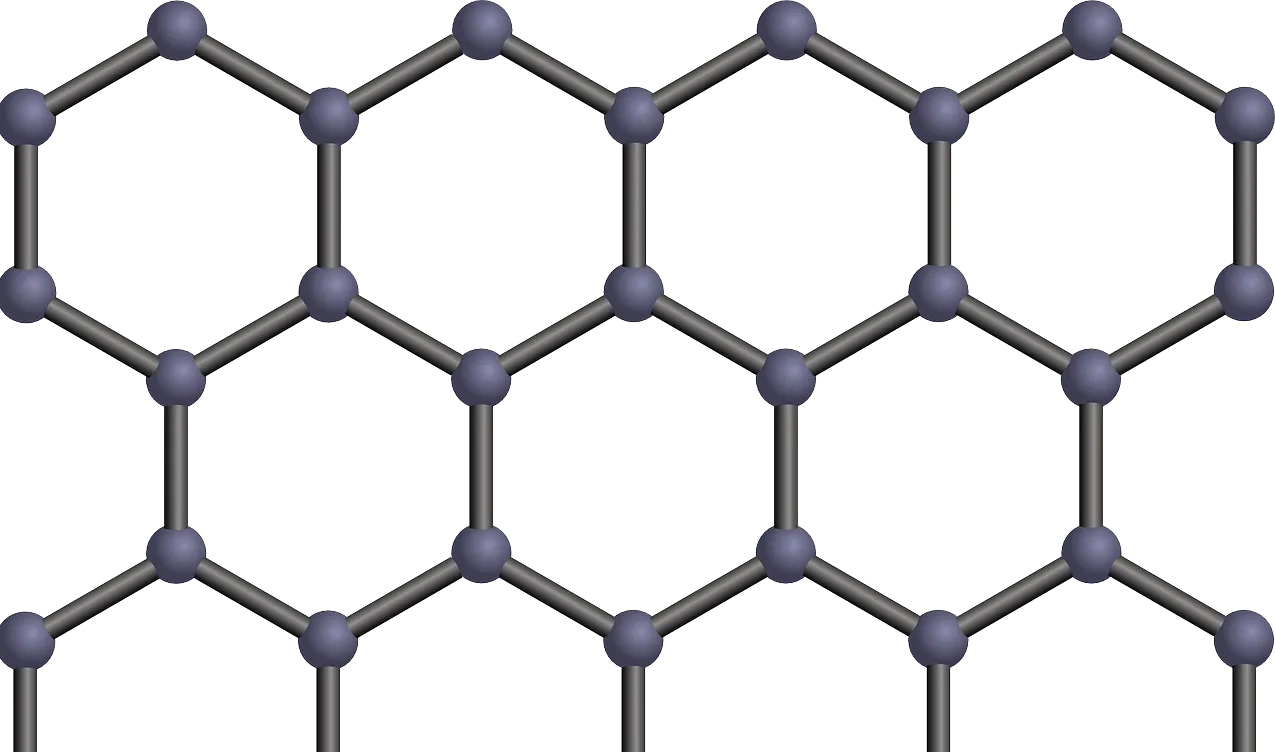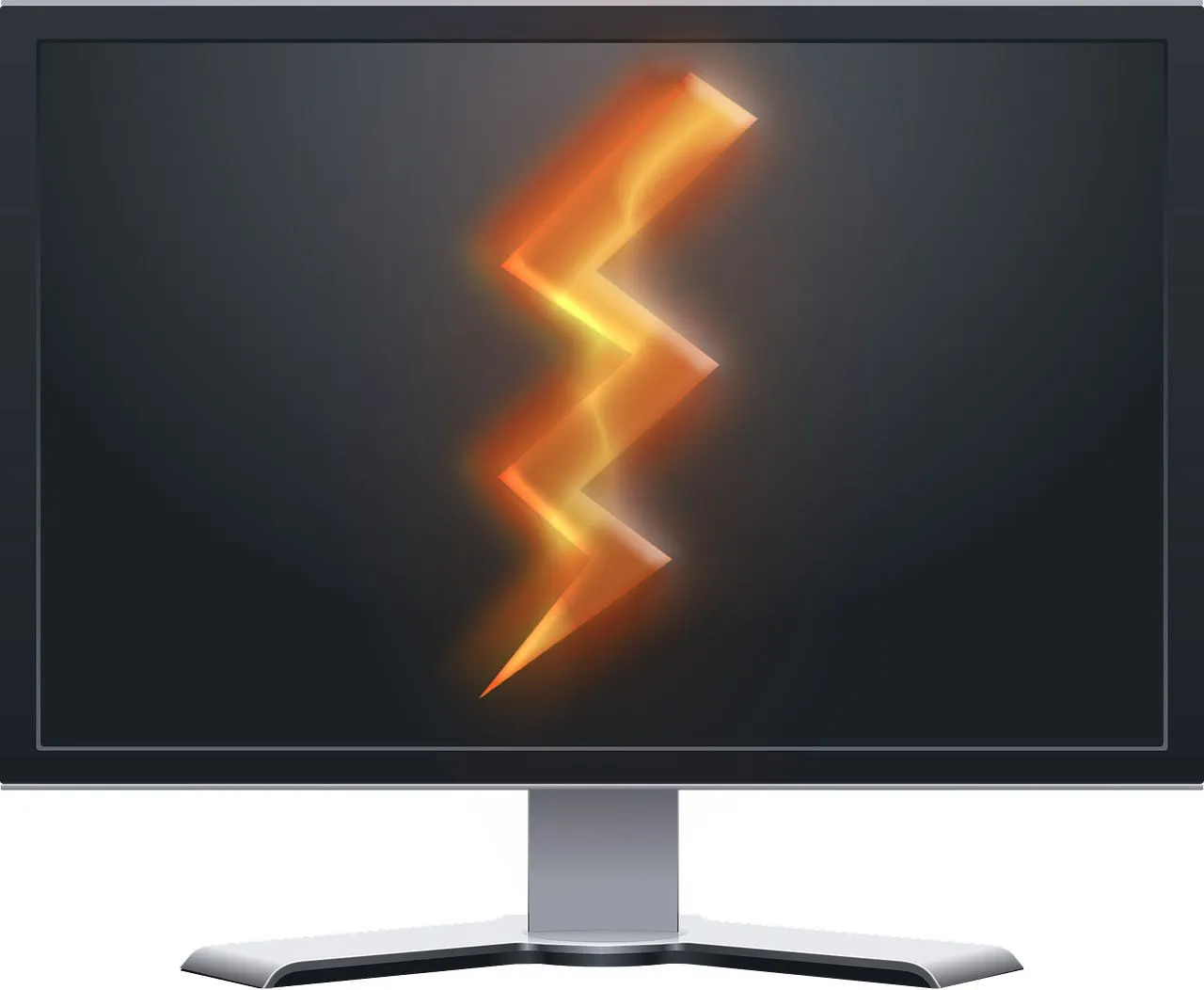
Computers have really come a long way in the last two decades. I was just a child when PCs had started going mainstream and I still remember how bulky they used to be once.
I still remember the feeling of being amazed when I finally got my hands on one as a teenager and could do stuff that I had never even imagined before. Playing games, being able to paint, printing stuff, browsing the internet, were all, out of the world experiences at the time.
Today, we are able to do a lot more and a lot faster. The pace of technological development in this area has been nothing less than outstanding and almost sci-fi like, if you ask me.
It is only now in the later part of 2010s, that we have begun to feel that speed slow down. The amazingly monstrous growth in computing speed which we were all used to, year after year, has now halted in a way and it’s nobody’s fault. It’s just physics.
Why It Is Slowing Down

In 1965, Gordon Moore, the co-founder of Intel made an observation about transistors in an integrated circuit. He observed that the number of transistors in a chip doubles roughly every two years while the costs get halved.
The more the number of transistors per square inch on a chip, the faster it is. This exponential growth every two years has brought massive increase in computing power in the last few decades.
Modern smartphones, tablets, laptops, computers and the performance they offer have been possible due to the presence of billions of transistors in their microprocessors.
Now however, transistors have become so small (just 14 nanometers across), that to make them even smaller in just two years, is proving to be quite difficult and costly. That is why most processors have been stuck at speeds of 3-4 GHz for quite some time now.
Enter Graphene

Ever since its discovery in 2004, Graphene has been hailed as THE wonder material we had been looking for. A one stop solution for many, many of our problems. Graphene is a 2D sheet of carbon atoms which is 200 times stronger than steel and a much better conductor of electricity than copper.
Its properties allow it to be used virtually anywhere and thus it is poised to revolutionise many industries. Some examples where it can be used are: batteries, spacecrafts, planes, transistors, bullet proof vests, DNA sequencers and so much more.
While all these applications sound really interesting, graphene’s use in computer chips is perhaps one of the most exciting and important one. Soon, we will need a new material to sustain the growth in computing power and graphene just might be it.
In fact, researchers from many different universities have teamed up to see to that goal. They are trying to develop a graphene-based transistor that is much faster than the silicon ones and use far less power.
A 1000 Times Faster Computer?

The team working on this were able to control the resistance of the flowing current in a graphene ribbon with the help of graphene nanotubes. They then tested the increase in clock speed of a graphene transistor based logic circuit.
Their initial findings suggest that the clock speed increased by a thousand times and more importantly, the power consumed was far less, at only a hundredth of the power required by silicon based chips.
Another advantage of using graphene as transistors is that they are much, much smaller than the silicon ones and therefore we could one day make electronics orders of magnitude smaller.
Right now one of the biggest hurdles of achieving this graphene based computer goal is that graphene is extremely difficult to manufacture but with all things technology, it too will get solved with more time and research.